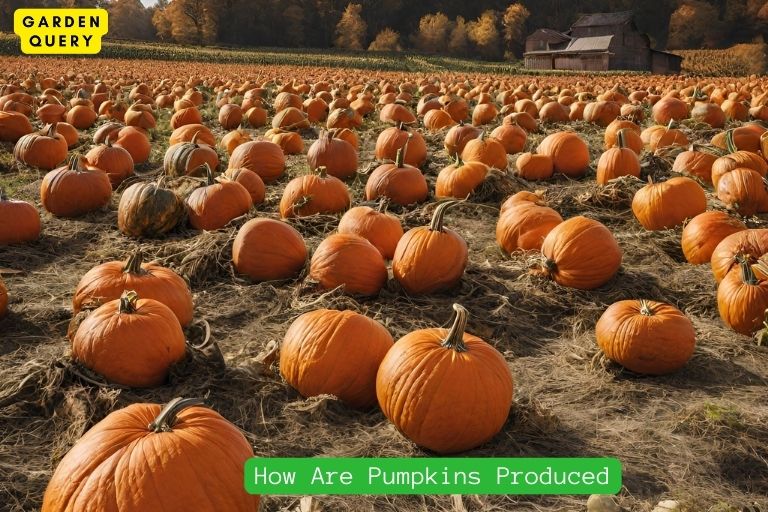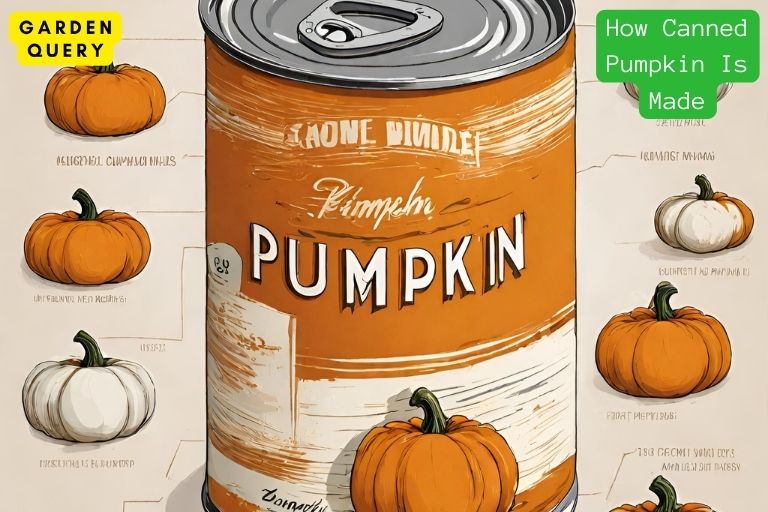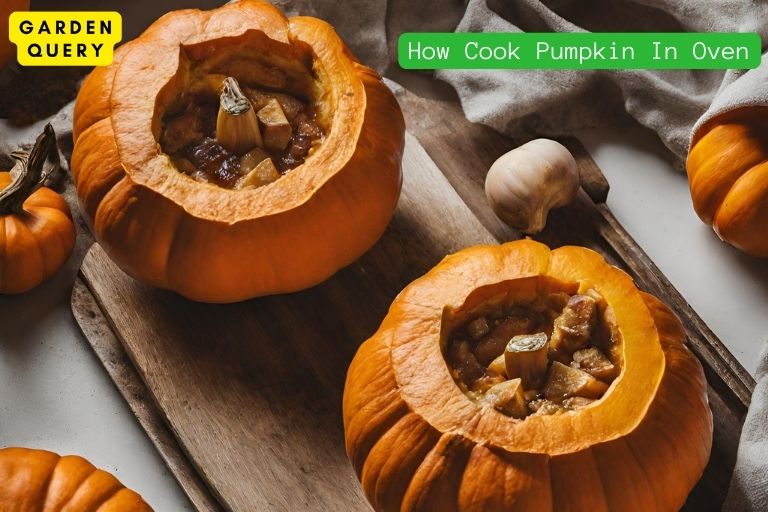Mushroom For Gout: Low Purine!
While mushrooms are generally considered safe for gout sufferers due to their low purine content, their impact on gout management might vary among individuals. Mushrooms are low in purines compared to other protein-rich foods, which makes them a potentially safer choice for those with gout. However, some individuals might still experience gout flares due to…











